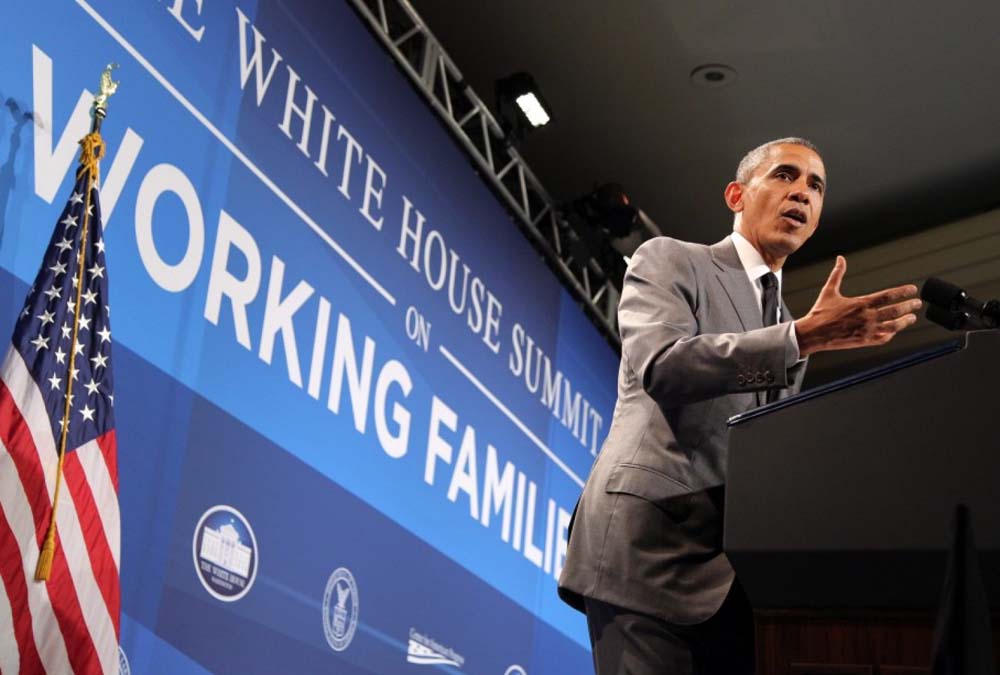How well has your organization identified its workforce strategy? Are you on top of the trends, or are you part of the 42% of organizations that have yet to prepare for the future?
In a recent SHRM report, just over half (58%) of organizations had identified important issues like future workforce needs. Just 52% had identified potential skill gaps within the next 1-2 years.
If you don't know your workforce, who does? It's critical to conduct workforce planning and not just as an exercise. Your organization needs to know what's affecting your specific employee population, and then create employee benefits strategies that head off future issues.
The study notes that organizations named to Fortune's latest list of "Best Companies to Work For" have three things in common:
At Horizons Workforce Consulting we use a number of ways to help organizations conceptualize their employee populations, so it's easier to be strategic.
Join our workforce needs webinar on January 29th to further explore these concepts and hear from WellStar, Atlanta's leading health care organization. Karen Mathews, 2014 winner of the Ted Childs Work/Life Excellence award, will present how WellStar has been very successful in supporting employees, tracking its business outcomes, measuring employee supports, and leveraging the quest to be a Best Place to Work to garner support in investing in resources that link to employee needs.
It's 2015. What do you know about your workforce? Are your investments what they need? As HR practitioners we need to add value, and that means knowing your employees' priorities.
In a recent SHRM report, just over half (58%) of organizations had identified important issues like future workforce needs. Just 52% had identified potential skill gaps within the next 1-2 years.
If you don't know your workforce, who does? It's critical to conduct workforce planning and not just as an exercise. Your organization needs to know what's affecting your specific employee population, and then create employee benefits strategies that head off future issues.
Why Employee Benefits Matter
We know that benefits are important. A recent Aflac Workforce Study found most survey respondents (80%) believe their overall benefits packages influence their engagement on the job and with their organizations. Respondents also believe that benefits influence workplace well-being and employer reputation.The study notes that organizations named to Fortune's latest list of "Best Companies to Work For" have three things in common:
- All retained or expanded their benefits offerings throughout the recession
- All looked for new benefits options that yielded the most bang for the cost
- All aligned benefits offerings to the needs of particular employees, rather than taking a one-size-fits-all approach
Planning Your Workforce Strategy
HR professionals can create momentum to help organizations understand all of this what your workforce really needs, what actually drives productivity, what should be addressed and why it matters.At Horizons Workforce Consulting we use a number of ways to help organizations conceptualize their employee populations, so it's easier to be strategic.
Employee Life Stages
Popular in the 90's, the Life Stages approach categorizes employees by key milestones: college graduation, start of a career, marriage, starting/growing a family, mid-career, late career, retirement planning, etc. Using these milestones, organizations can consider HR benefits and work/life supports that help employees navigate through these milestones while still meeting their work demands.Generational Breakdown
Very popular for conceptualizing the workforce and its needs, the approach uses demographics (Millennials, Boomers, etc.) as a way to categorize employees. The wants and needs of Millennials have been surveyed and measured a lot in the professional literature. Boomers are now the late career category. They have a host of potential to offer and very real needs to address so they can continue being successful at work.Well-Being
Well-being is a data-driven comprehensive umbrella for considering employee needs and linking to benefit allocations and organizational goals. This concept is growing in interest with progressive companies because it links efforts in talent management, benefits, and L&D to HR people strategies. This holistic approach considers employees' priorities and identifies the business impacts when employees are not supported.Best Place to Work
This approach provides an external lens for understanding how "Best Places to Work" are successful. Participation is like an audit, and usually results in a blueprint for the organization on what is needed to make the list. This is an effective strategy for getting the awareness of senior managers, especially those who show competitive spirit.More Workforce Strategy Tools
These are just a few tools HR practitioners are using to impact organizational effectiveness.Join our workforce needs webinar on January 29th to further explore these concepts and hear from WellStar, Atlanta's leading health care organization. Karen Mathews, 2014 winner of the Ted Childs Work/Life Excellence award, will present how WellStar has been very successful in supporting employees, tracking its business outcomes, measuring employee supports, and leveraging the quest to be a Best Place to Work to garner support in investing in resources that link to employee needs.
It's 2015. What do you know about your workforce? Are your investments what they need? As HR practitioners we need to add value, and that means knowing your employees' priorities.





